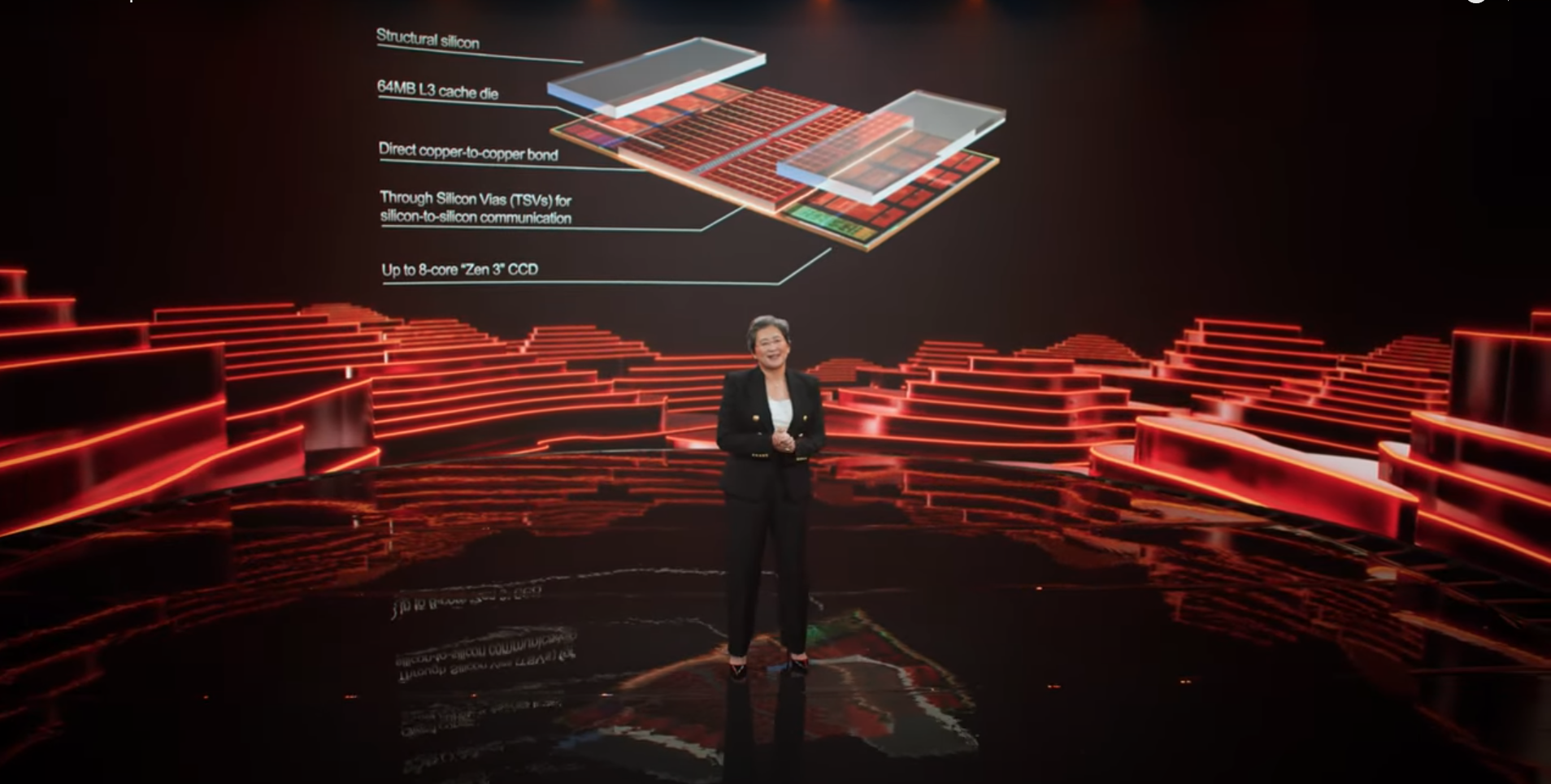cdrkf
Judicious
17% jump in FPS for Fortnite!
(I don't play Fortnite, but, still...an impressive jump.... in a few games!)
It is... the only caveat is that both chips were locked at 4ghz - so the performance numbers for the stock chip were well below where they should be. I'm guessing this was done due to the new part being an engineering sample, still I'd like to reserve judgement on the real impact of the extra cache until we see retail parts running at full clocks. It's possible the new chip may need to drop clocks a little as a result of the additional thermal overhead of the cache chip for example, which may negate the gains. It's also possible the boost doesn't scale linearly at higher clocks, or the games used here are heavily cherry picked.
That said, a very large cache like this is going to benefit many productivity workloads (arguably more than low res gaming). so I'm sure the addition will be a win overall.



